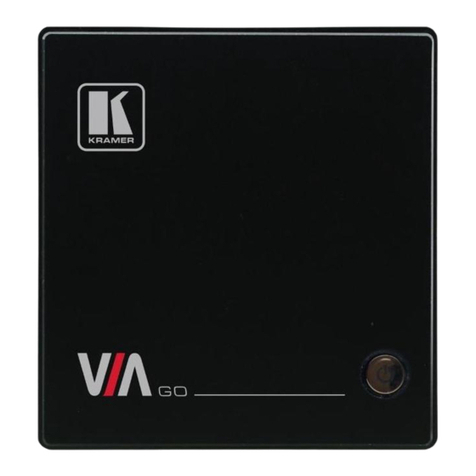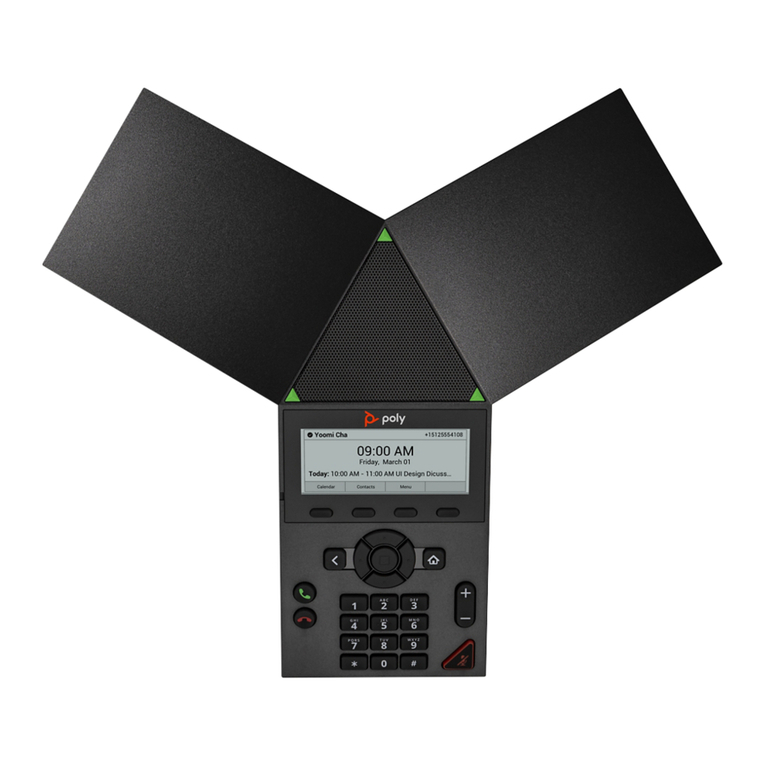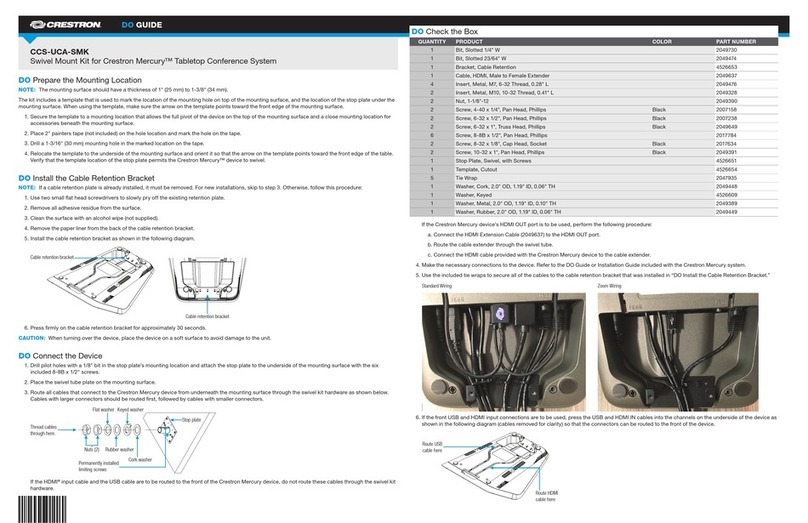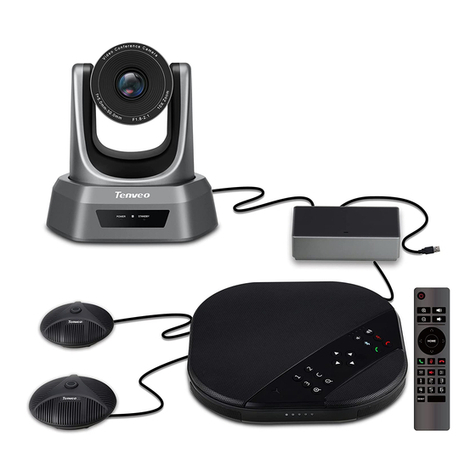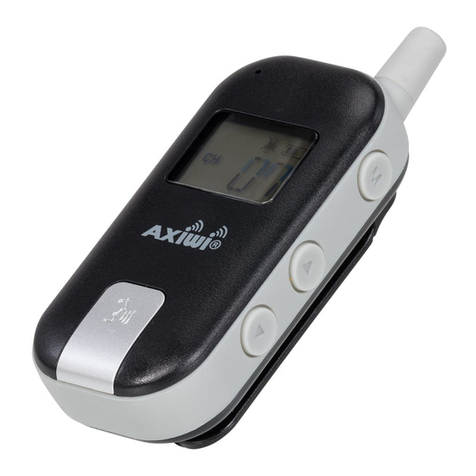
REMOTE COMMUNICATION SOFTWARE INDEX
PM055 Rev 2 00/08/31 Thomson Technology
ii
1.2. IMPROVEMENTS.................................................................................................. 17
1.3. COMPUTER SYSTEM REQUIREMENTS .................................................................. 17
1.4. INSTALLATION .................................................................................................... 18
2. QUICK START ........................................................................................................ 18
2.1. STEP 1 START THS 2000................................................................................... 18
2.2. STEP 2: LOGON ................................................................................................. 18
2.3. STEP 3: SET HOST CONNECTION METHOD.......................................................... 19
2.4. STEP 4: ENTER SITE PROPERTIES ...................................................................... 20
2.5. STEP 5: CONNECT TO SITE ................................................................................ 20
2.6. STEP 6: IDENTIFY CONTROLLERS ....................................................................... 21
2.7. STEP 7: VIEW CONTROLLER DATA ..................................................................... 21
2.8. STEP 8: ISSUE CONTROLLER COMMANDS ........................................................... 21
2.9. STEP 9: SAVE/RESTORE SITE-LIST INFORMATION ............................................... 22
3. CONFIGURATION................................................................................................... 22
3.1. PASSWORDS ...................................................................................................... 22
3.2. SITE-LIST MANAGEMENT .................................................................................... 23
3.3. SITE CONFIGURATION......................................................................................... 24
3.4. COMMUNICATIONS INTERFACE MODULE SETTINGS.............................................. 27
3.5. CONTROLLER CONFIGURATION........................................................................... 35
3.6. AUTO-ANSWER CONFIGURATION......................................................................... 38
4. OPERATION............................................................................................................ 38
4.1. BASICS .............................................................................................................. 38
4.2. CONNECTING SITES............................................................................................ 41
4.3. VIEWING AND COMMANDING CONTROLLERS ....................................................... 42
4.4. PRINTING ........................................................................................................... 44
4.5. AUTO-ANSWER OPERATION ................................................................................ 44
5. CIM BYPASS WIRING ............................................................................................45
6. TROUBLESHOOTING ............................................................................................ 47
